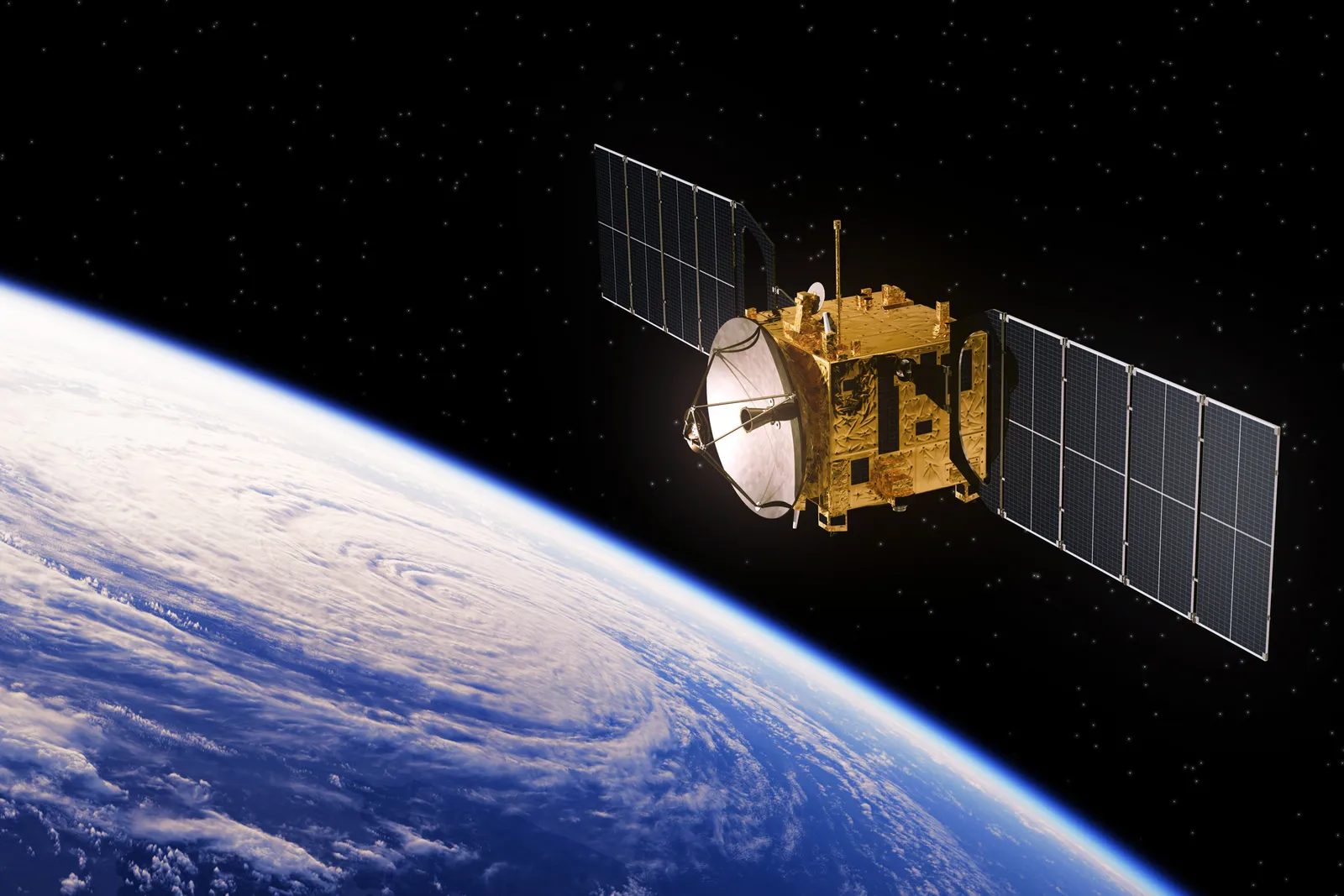When you look up at the night sky, it can be hard to imagine that thousands of satellites are circling high above Earth, quietly keeping our GPS working, transmitting television signals, and even helping forecast the weather. But how do they manage to stay in orbit without falling back down? The answer lies in a delicate balance between gravity and motion.
Gravity: The Pull Toward Earth
Just like everything else on Earth, satellites are constantly being pulled downward by gravity. If there were no motion, a satellite would simply fall straight back to the ground.
Motion: The Push Forward
The difference is that satellites are launched into space with incredible speed. For a satellite orbiting in low Earth orbit, this means moving at about 28,000 kilometers per hour (17,500 miles per hour). That forward speed gives the satellite a tendency to move in a straight line.
The Balance: Falling Around Earth
Here’s where the magic of orbital mechanics happens:
Gravity pulls the satellite toward Earth.
Its forward motion pushes it ahead in a straight path.
Because Earth is round, as the satellite “falls,” the planet curves away beneath it. The result is that the satellite keeps missing the Earth—it’s always falling, but never landing.
This is why we say a satellite is in free-fall. It’s falling toward Earth continuously, but moving so fast sideways that it stays in orbit.
Different Orbits, Different Purposes
Low Earth orbit (LEO): Used for the International Space Station, weather satellites, and Earth-observing satellites.
Geostationary orbit: Much farther out, where satellites move at exactly the same rate Earth spins, making them appear fixed over one spot on the planet—perfect for communication and broadcasting.
Why Satellites Don’t Just Stay Up There Forever
Satellites in low orbits eventually slow down due to tiny amounts of atmospheric drag, causing them to re-enter Earth’s atmosphere and burn up. Others, especially those in higher orbits, can stay in space for decades or even centuries.
The Big Picture
Satellites stay in orbit because they are launched with just the right speed to balance Earth’s pull of gravity with their forward motion. In essence, they are falling around the Earth, trapped in a graceful dance between pull and push.
How Do Satellites Stay in Orbit
